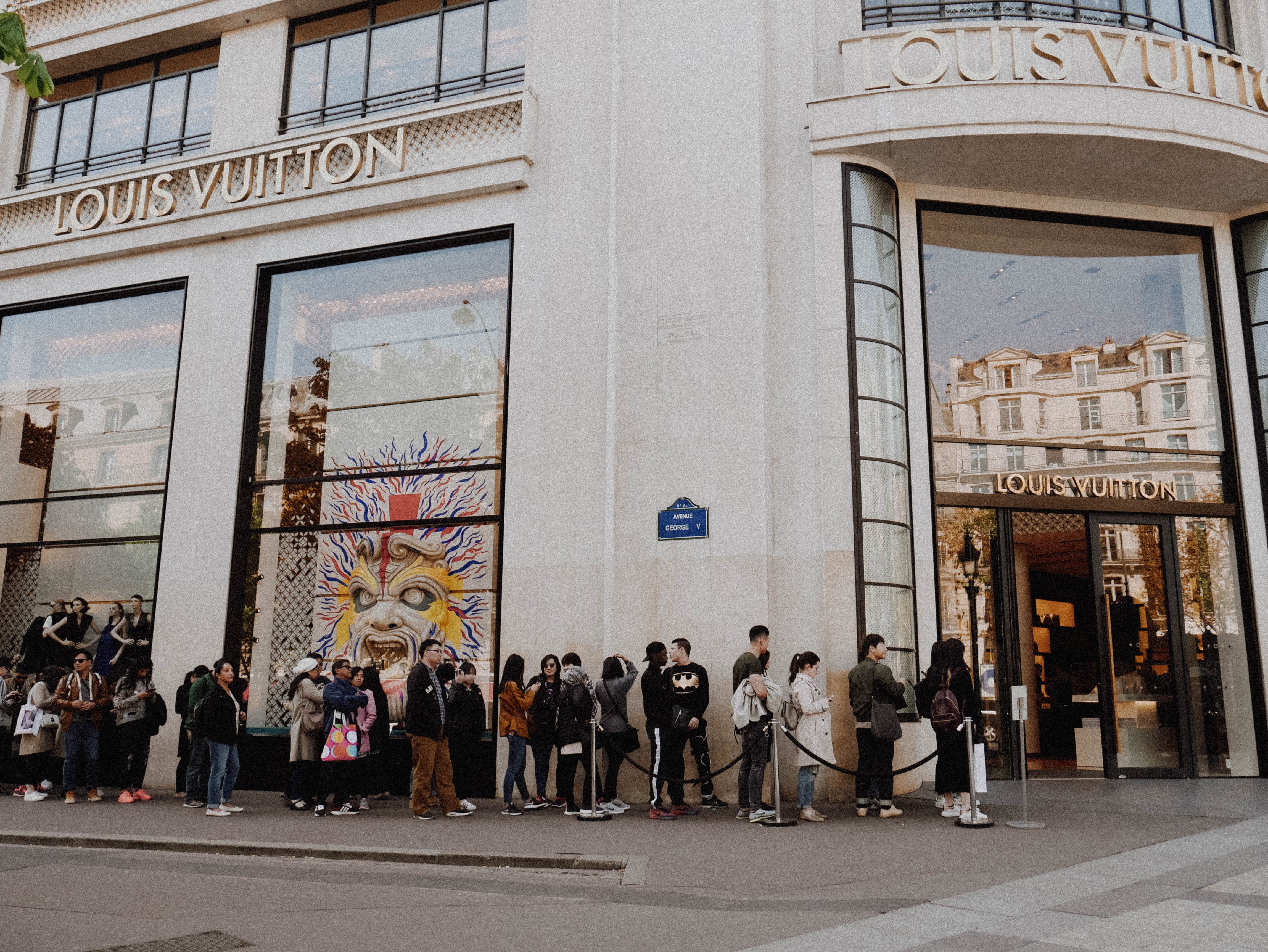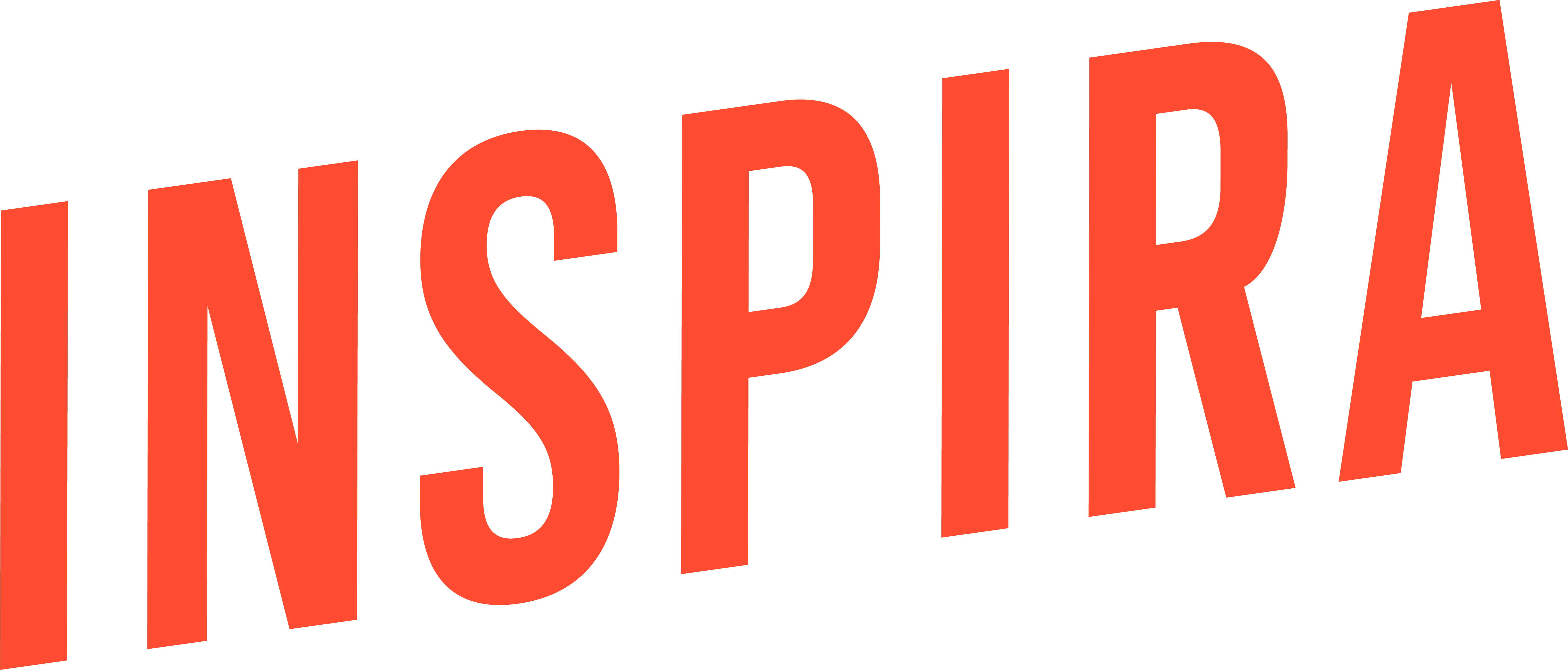As humans, we’re subjected to countless marketing messages each and every day. Whether it’s while scrolling through social media, driving by a billboard, watching ads on television, or seeing a brand activation at an event, these messages are practically unavoidable.
Though we are cognizant of the fact that we’re being marketed to, the reality is that the majority of our purchase decision-making – 95%, according to the Harvard Business Review – takes place in the subconscious mind. With that in mind, it’s important for us, as marketers, to understand the psychological triggers that subconsciously sway consumers in one direction or the other. After all, knowing how to leverage them to your advantage can make a big difference in the bottom line.
Here, we take a look at four of those psychological triggers and how they can be employed to take your experiential campaign to the next level.
Focus on Aesthetics
In the end, your products and services will dictate whether one-time buyers become repeat customers. However, we need to take every step necessary to ensure that they get to that initial purchase in the first place. One area to hone in on? Aesthetics.
The way that things look matters a lot. In fact, more than 50% of the brain is used to process visual information, while only 8% is reserved for touch and 3% for hearing. Translation? People make immediate judgments based on appearance. When designing your footprint for an event space, there are a lot of factors to consider. However, you can increase your perceived credibility and value by making sure your space is aesthetically pleasing.
Pique Curiosity
Humans are inherently curious, and having partial knowledge drives us to fill in the gaps of information. For marketers, this is an opportunity to pique interest by being intentionally unclear in your messaging.
Back in 2011, Patagonia ran a full-page advertisement in the New York Times – on Black Friday, no less – with the headline “Don’t Buy This Jacket.” Bold move for a brand to tell consumers not to buy its products, right? However, what the headline really did was pique curiosity. At the bottom of the page, Patagonia explained in further detail that they were encouraging consumers to think twice about their purchases and the associated environmental costs.
As experiential marketers, we should make a point to incorporate calls to action that drive consumers’ curiosity. The messaging must be carefully crafted, though. Offering too little information fails to drive interest, while sharing too much eliminates the need to find out more.

(Image Credit: Patagonia)
Justify Requests
People have a natural tendency to comply with requests when given a legitimate reason. In a 1970s study, consumers in line at a Xerox machine were asked whether they’d allow someone to cut the line to copy five pages with the following prompts:
A) “Excuse me, I have five pages. May I use the Xerox machine?”
B) “Excuse me, I have five pages. May I use the Xerox machine, because I’m in a hurry?”
While option A led to a 60% compliance rate, option B resulted in a near-perfect 94%.
At experiential events, we don’t typically ask consumers to use the Xerox machine, but we do sometimes ask them to give feedback in the form of surveys. By shifting your message from, “will you take this survey?” to “will you take this survey, because we’re looking for your feedback to drive new product development,” you might just get an increase in both the quantity and quality of survey responses.

Leverage the Bandwagon Effect
P.T. Barnum once said that “nothing draws a crowd quite like a crowd,” and he was right. Others’ actions serve as models for how we think we should act, and in unfamiliar situations, we look to others to validate our decisions. Brands are aware of this fact, and they leverage it in a variety of ways. Whether it’s Facebook telling you that your friends ‘like’ a certain page or a company telling you all the brands that use its services, these are both done with the same intent: using the bandwagon effect to establish credibility and encourage you to join in on the fun.
For experiential activations, a line outside your footprint is one way to use the bandwagon effect in your favor. While long lines can be prohibitive in their own right, a short line signals to others in the area that your event is worth the sacrifice of a minor delay.
Though none of these factors alone will be the difference between a successful activation and an unsuccessful one, understanding subconscious behavioral triggers will help you optimize the little details that keep consumers coming back for more. Contact us today to learn how our suite of experiential-led services can help you build brand awareness, encourage product trial, and earn lifelong loyalists.
Source: Adweek Webinar 7 Psychological Triggers Every Marketer Should Master
